For Authors
When done right, an ambiguous ending becomes the part of your story that readers talk about long after the final page. When done wrong, it can be maddening, risking not only reader frustration but also the kind of backlash that leads people to abandon your work or even warn others away. So why do these kinds of endings often lead to deeper emotional investment, more buzz, and greater loyalty? And how can you craft one that feels intentional and satisfying rather than confusing or disappointing?
Those are exactly the questions Ginger explores in today’s blog, using real-world examples, practical techniques, and even a few cautionary tales. With tips on planting clues, maintaining the balance between mystery and resolution, and tailoring your ending to your genre and audience, this post is packed with actionable advice for any author ready to turn their final pages into powerful conversation starters.
One of my favorite book series is The Dark Tower, by Stephen King. King took over twenty years to complete the seven-book series and I was feverishly awaiting the last book to be released in 2004, desperate to find out if Roland and his Ka-Tet ever made it to the Dark Tower at the center of the Beams. I was biting my nails even as I read the huge, final tome—and satisfied right up to the point that the final chapter ended.
But that wasn’t the end of The Dark Tower. There was an epilogue. A final chapter that Stephen King himself warned his audience not to read if they didn’t want to be disappointed.
I, like thousands of other fans of the series, read it anyway.
And, yes, I didn’t like how things eventually wrapped up. I almost wished to be able to go back in time and un-read that chapter. Why? Because King’s final epilogue gave a concrete end to a story that had otherwise ended in perfect ambiguity; allowing the reader to interpret the fate of Roland however they wanted to. Those of us looking for a Happily Ever After could have that, as long as we didn’t read any further. Inevitably, we did—and we didn’t like what we discovered.
That’s why I’ve always been a fan of ambiguous endings. I think they’re a very powerful way to personalize a reading experience. Obviously, you want all the loose ends in a plot to get wrapped up, and the story to end satisfyingly, but you don’t need to know all the answers to everything to feel that way. And in some ways you feel better if you don’t.
Another great example is the movie Inception, which delivered exactly that.
As the screen faded to black and that spinning top wobbled—did it fall or keep spinning?—I sat on the sofa, popcorn dropping from my hung-open mouth, simultaneously thrilled and frustrated.
My friends and I argued for weeks about the ending of the movie, each of us clinging to our own interpretation of whether Cobb was still dreaming or not, and the best part was that none of us were necessarily wrong about it. That’s the magic of an ambiguous ending: It sticks with you, burrowing into your brain like a catchy song you can’t stop humming.
And that’s something you can capture with your own writing. For self-published authors, mastering the ambiguous ending is a technique that can elevate your books from memorable to unforgettable, sparking debates and building a loyal fanbase who’ll spend longer debating the ending of your book than they did actually reading it.
But it’s a tightrope walk. Get the ending wrong, and you risk alienating readers.
It’s a fascinating topic to discuss, and that’s why I decided to look into it for this week’s blog post. So, let’s dive into why ambiguous endings work, explore examples from literature, and share practical tips for crafting them effectively.
Let’s figure out how to keep your audience hooked, even as you keep them on the hook.
The Power of Ambiguous Endings
Ambiguous endings, like the one in Inception, leave audiences with questions rather than answers. In Christopher Nolan’s 2010 masterpiece, the final shot teases whether the protagonist, Cobb, has returned to reality or remains trapped in a dream. The film doesn’t tell you, and that’s the point.
Similarly, The Sopranos ended with a jarring cut to black mid-scene, leaving viewers to wonder if Tony Soprano and his family lived or died. These endings don’t just conclude a story, they ignite conversation.
Even a decade after Inception and the final episode of The Sopranos were released, social media platforms like X still buzz with theories about them. Fans still passionately dissect every frame or word for clues. According to a 2019 study in the The International Encyclopedia of Journalism Studies, ambiguous endings actually increase audience engagement by encouraging active interpretation, making the story a personal puzzle to solve.
Why do they work? If my experience reading The Dark Tower has suggested anything, it’s that we humans crave closure, but we also love a challenge. An ambiguous ending respects the audience’s intelligence, inviting them to co-create the story’s meaning. It’s like handing readers a paintbrush and saying, “Finish the canvas.” When done well, this fosters emotional investment and keeps your book alive in readers’ minds long after the last page.
And sometimes, not just in a reader’s mind, but on social media, as well. For self-published authors, this can translate into word-of-mouth buzz, most crucial when you’re competing in a crowded market without a big publisher’s marketing budget.
Ambiguous Endings in Literature
Literature is rich with examples of ambiguous endings that have captivated readers. Let’s look at three notable ones, unpacking the ambiguity and reader reactions.
The Giver by Lois Lowry ends with Jonas, a young boy fleeing his dystopian society, reaching a snowy hill with a sled. He hears music and sees lights, sliding toward what might be salvation—or death. Does he find a new community, or is it a hallucination as he succumbs to the cold? Lowry never clarifies, and fans have debated this for decades. Reader reviews on Goodreads range from awe at the poetic openness to frustration at the lack of resolution, with some feeling cheated while others praise the ending’s emotional depth. To me, though, the ambiguity mirrors Jonas’s uncertain future, amplifying the story’s themes of hope and sacrifice and giving us readers a chance to decide for ourselves which one of those themes we learn more heavily into.
The wonderful Life of Pi by Yann Martel delivers a similar gut-punch of ambiguity. After Pi survives a shipwreck, he recounts two versions of his story: one with animals (a tiger, a zebra, etc.) and then a darker, human-based version.
The authorities (and readers) are left to choose which is true. Is the animal story a metaphor for human brutality, or did it really happen? Martel’s refusal to confirm either version sparked heated discussions, with posts on X showing readers still split on that topic to this day. Some loved the philosophical depth, others wanted a definitive answer. The ambiguity forces readers to confront their own beliefs about truth and storytelling.
Finally, The Turn of the Screw by Henry James is an example of an ambiguous ending from well over a century ago. The novella ends with the governess confronting a ghost, but it’s unclear whether the supernatural is real or a product of her madness.
Did she save the children, or did her paranoia doom them? Scholars and readers have argued over this for over a century, with some modern-day Amazon reviews calling it “brilliantly unsettling” and others “infuriatingly vague.” The ambiguity heightens the story’s psychological tension, making it a masterclass in leaving readers questioning.
These examples show that ambiguous endings, when tied to a story’s core themes, can deepen its impact. However, reader reactions vary. Some embrace the mystery, while others crave clarity, highlighting the need for careful execution when you’re writing a deliberately ambiguous ending.
Tips and Tricks for Writing Ambiguous Endings
As a self-published author, you’re not just a writer, you’re a one-person publishing house, hustling to stand out. An ambiguous ending can be your secret weapon, stirring up lots of heated debate on GoodReads, Amazon, and X—but it’s as precarious as tinkering with a sales funnel. One wrong move, and the whole machine breaks.
Here are some practical tips to craft ambiguous endings that leave readers intrigued, not irritated.
- Anchor Ambiguity in Theme: Ensure the ambiguity ties to your story’s heart. In The Giver, the unclear ending reflects the uncertainty of freedom. If your book explores trust, an ambiguous ending might question whether a character’s betrayal was real or misunderstood. Ask: What’s the big idea of my story? Then craft an ending that leaves that idea open to interpretation.
- Provide Enough Clues: Ambiguity doesn’t mean randomness. Plant subtle hints throughout your narrative that support multiple interpretations. In Inception, Nolan scatters clues about dream versus reality (e.g., the totem’s behavior). For your book, drop some similar breadcrumbs. Maybe a character’s cryptic remark or an object with unclear significance. The idea is for readers to feel like they can puzzle it out.
- Balance Closure and Mystery: Give readers some resolution to avoid feeling cheated. In Life of Pi, Pi’s survival is certain, but the “how” is ambiguous. Resolve secondary plotlines or character arcs, leaving the big question open. For example, if your protagonist is searching for a lost sibling, confirm they find them, but leave unclear whether the reunion is genuine or a delusion. Having an ambiguous ending doesn’t eliminate your responsibility for writing a satisfying ending.
- Know Your Genre: Ambiguity works better in some genres than others. Literary fiction, psychological thrillers, and sci-fi (like Inception) often embrace open endings. Romance or cozy mysteries, however, may demand clearer resolutions. If writing genre fiction, test the waters with beta readers to gauge their tolerance for ambiguity. It may be better to lean in favor of the tried-and-tested tropes of your genre before trying to disrupt them.
- Test with Readers: Before publishing, share your draft with a small group of trusted readers or your mailing list. Ask: Did the ending feel satisfying? Were you intrigued or frustrated? Getting that information is the only way to make informed decisions not just about your story, but in general! I learned this the hard way when I broke my Shopify store (yep, I’m still haunted by that DNS fiasco). Feedback is your safety net so use it to tweak your ending depending on what readers say about the ambiguity of it.
- Use Vivid Imagery: Ambiguous endings linger when paired with strong visuals. The spinning top in Inception or Jonas’s sled in The Giver are unforgettable because they’re vivid. End your book with a striking image, like a flickering light or a half-open door, that invites readers to imagine what’s next.
- Tease, Don’t Taunt: There’s a fine line between intriguing readers and annoying them. Avoid cliffhangers that feel like cheap tricks (e.g., cutting off mid-action with no context). Instead, offer enough to spark theories without spelling it out. Think of it like a Rube Goldberg machine: Every piece should connect, even if the final lever doesn’t fully drop.
When Ambiguous Endings Backfire
As much as I’ve enjoyed books with ambiguous endings, they can be a bit of a gamble, and sometimes that gamble doesn’t pay off. Readers might reject ambiguous endings in certain situations, so tread carefully:
- Series Starters: If your book is the first in a series, an ambiguous ending can frustrate readers who expect a standalone experience. They might not trust you to deliver answers in book two, especially if you’re a new author. I learned this with direct sales. Trust is everything when you’re building a brand from scratch.
- High-Stakes Payoffs: If your story builds toward a major reveal (e.g., a murderer’s identity), leaving it ambiguous can feel like a cop-out. Readers who invested hours deserve some reward, not a shrug. As I said above, your ending can be ambiguous as long as it’s also satisfying.
- Genre Mismatch: As mentioned, genres like romance or traditional mysteries often demand resolution. An ambiguous ending in a cozy mystery might tank your Amazon reviews, with readers docking stars for “no ending.” A romance novel without a Happily-Ever-After breaks the reader/author promise, and will get pushback. Respect what readers in your genre expect, and don’t short change them.
- Lack of Foreshadowing: If the ambiguity comes out of nowhere, readers may feel blindsided. Without earlier hints, it’s like my Shopify store crashing—no one saw it coming, and it just felt broken. The ending of Inception, for example, worked so well because we knew that the possibility of being trapped in a dream existed. Whether Cobb was still dreaming or not ended up being less important to the resolution of the movie than his decision to accept his new reality, whether or not it was actually “real.”
To avoid these pitfalls, know your audience and test your ending rigorously. You don’t need to be at Stephen King’s level for a poorly executed ambiguous ending to hurt your book’s reputation, especially when you’re relying on reviews to drive sales (because those reviewers on Amazon and Goodreads aren’t shy about expressing their dissatisfaction!)
Keep Readers Guessing—and Coming Back
Writing an ambiguous ending is like running a high-budget ad campaign: it’s risky, but the payoff can be huge. When done right, it turns your book into a conversation starter, building a community of readers who debate your story on GoodReads, X, or in groups on Facebook.
It’s not easy, and you’ll likely stumble (trust me, I’ve burned through budgets and broken websites learning that lesson). But the beauty of self-publishing is the freedom to experiment. So take a chance, craft an ending that poses as many questions as it answers, and (hopefully) watch your readers light up with theories about how things really turned out for your characters!
Share this blog
About the Author

Ginger is also known as Roland Hulme - a digital Don Draper with a Hemingway complex. Under a penname, he's sold 65,000+ copies of his romance novels, and reached more than 320,000 readers through Kindle Unlimited - using his background in marketing, advertising, and social media to reach an ever-expanding audience.

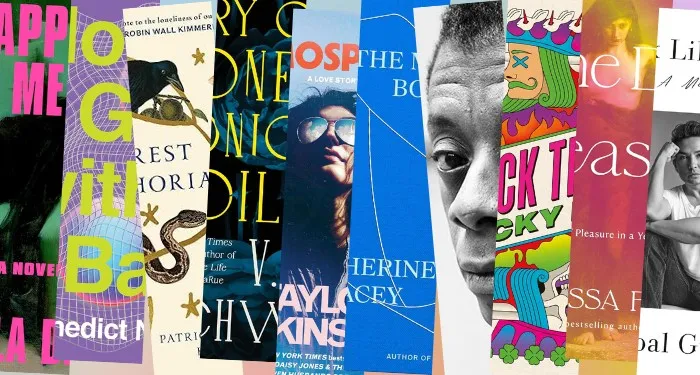


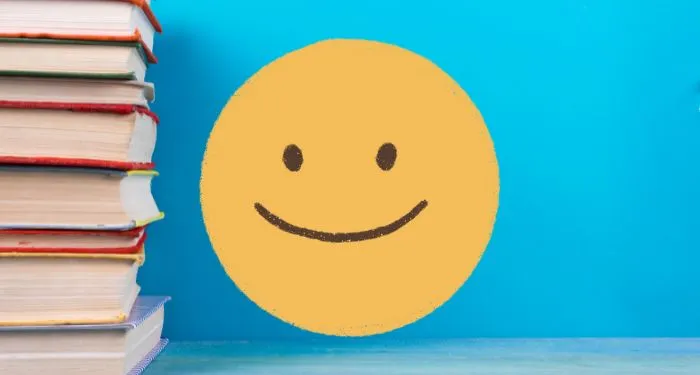


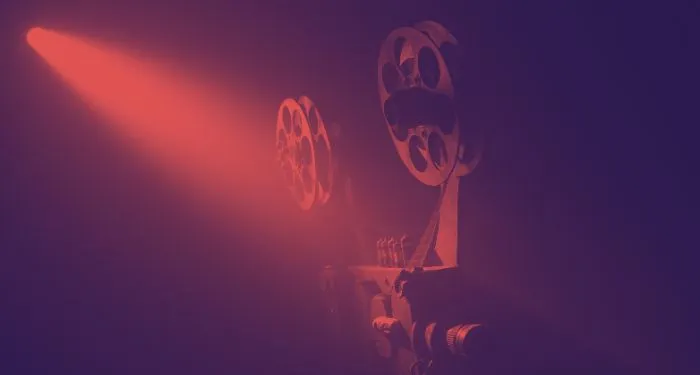

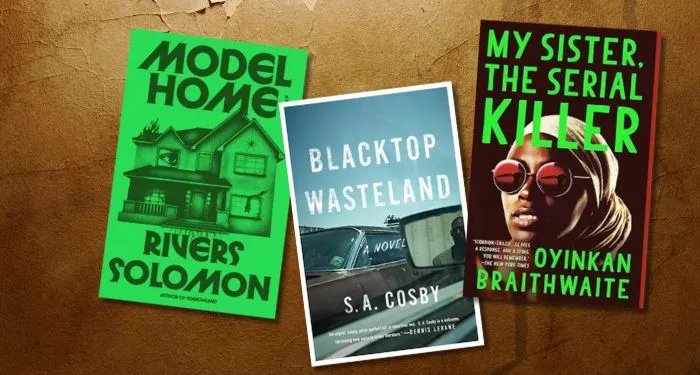

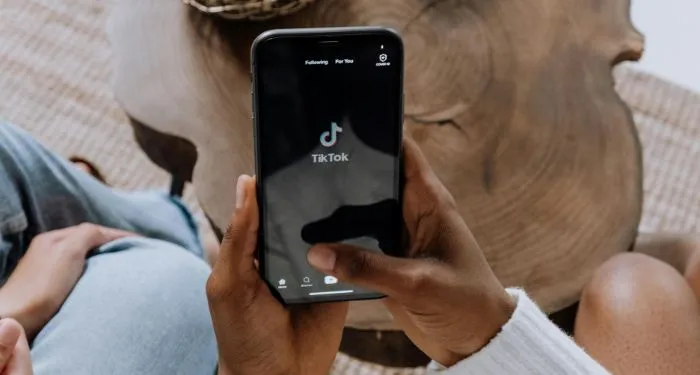




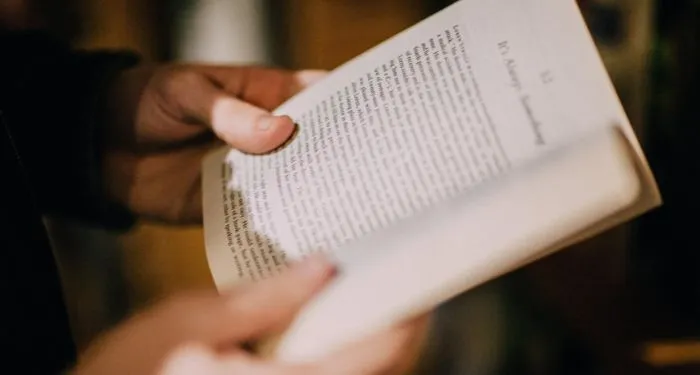

 English (US) ·
English (US) ·